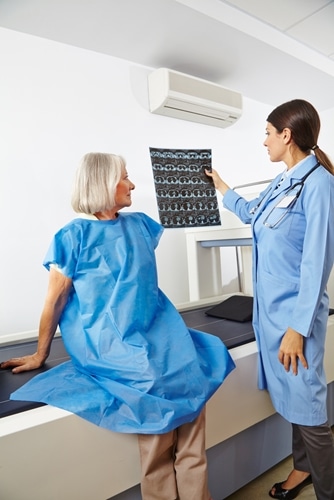The U.S. Food and Drug Administration (FDA) has approved Q.Clear, a new development by GE Healthcare that the company claims will improve accuracy and quality in PET/CT imaging, MarketWatch.com reports. The new Q.Clear technology will reportedly offer the advantage of PET/CT imaging with substantially improved image quality.
“We know that approximately 70 percent of cancer patients don’t always respond to their initial course of treatment. If we can give clinicians an accurate, reliable, and faster tool to confirm that a change in treatment is needed, the patient will benefit greatly,” remarked Steve Gray, president and CEO of GE Healthcare. The press release claims the software offers up to twice the accuracy and image quality of traditional systems.
The new Q. Clear system will allow for the more accurate measurements of patient response to treatment, especially in oncology and neurological applications. The improved image quality allows clinicians to determine whether chemotherapy is working in fewer cycles, saving patients unnecessary procedures. It is hoped to reduce exposure to radiation and allow patients to begin their convalescence earlier.
Q.Clear is not yet available in all regions. As it is not CE marked, it cannot be put into service in many European countries until it is made to comply with local regulations that require such.
At Medical Metrics, Inc, our experienced, full-service imaging core lab technicians welcome GE’s efforts to move the field forward. We are constantly reviewing new advancements to ensure that we remain up to date on best practices, as we place a high emphasis on effective use of the latest analysis techniques and display technologies. Our clinical and scientific experts are recognized leaders in orthopedics, spine, neurology, cardiology and vascular medicine.
Medical Metrics, Inc. conducts reliable, independent evaluations of medical images from global, multi-center clinical trials. Our readers are board-certified, fellowship-trained, practicing physicians with an average of nearly 10 years’ clinical experience per reader.
Latest Industry News
[Press Release] Driving Excellence in Cardiovascular Trials: Medical Metrics, Inc and Healthcare Inroads, LLC Deepen Collaboration
Medical Metrics, Inc. Announces Involvement in ReOpen CRS Clinical Trials




